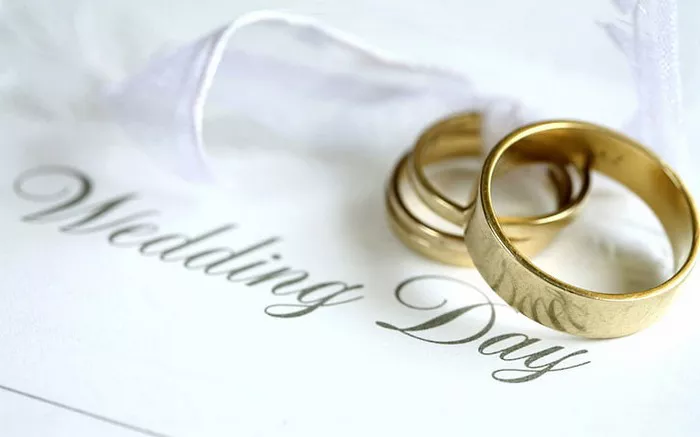Gold, with its timeless allure and enduring value, has been cherished by civilizations throughout history. Whether you have inherited a family heirloom or are considering purchasing a gold ring, being able to distinguish between real gold and imitations is an essential skill. In this comprehensive guide, we will delve deeper into various methods and techniques that can help you ascertain the authenticity of a gold ring. By combining visual inspections, simple tests, and expert advice, you will be equipped with the knowledge necessary to make informed decisions about gold jewelry.
Observe the Hallmarks:
Hallmarks or stamps on the inner surface of a gold ring can provide valuable clues about its authenticity. Genuine gold jewelry is often marked with symbols that indicate its gold content. Look for numbers such as 10k, 14k, 18k, or 24k, where “k” represents the karatage or purity of the gold. Higher karat numbers signify a higher gold content. However, it’s important to note that not all gold jewelry may have hallmarks, particularly if it is an antique or handmade piece. In such cases, further examination is necessary.
Examine the Color and Shine:
The color and shine of gold are distinctive characteristics that can aid in determining its authenticity. Real gold maintains a warm, yellow color, regardless of its purity. If the ring displays any other colors, such as green or red tones, it is likely not made of real gold. Additionally, gold possesses a natural luster that imparts a radiant shine. If the ring appears dull or lacks brilliance, it may not be genuine. However, keep in mind that factors such as wear, tarnish, and cleaning methods can affect a ring’s appearance, so additional tests should be considered.
Conduct the Magnet Test:
Gold is a non-magnetic metal, which means it does not attract magnets. Conducting a magnet test can help determine if a ring is made of real gold. Hold a strong magnet close to the ring and observe its reaction. If the ring is attracted to the magnet, it is not made of real gold. However, it’s important to note that this test is not foolproof since other metals, such as stainless steel or aluminum, are also non-magnetic. Therefore, the magnet test should be used in conjunction with other methods for a more accurate assessment.
Perform the Acid Test:
The acid test is a commonly used method to assess the purity of gold. However, it should be approached with caution, as it can potentially damage the jewelry. To perform the acid test, you will need a gold testing kit that includes various acid solutions of different strengths. Begin by gently scratching the inner part of the ring on a testing stone, ensuring you create a clear mark. Apply a drop of the lowest concentration acid that corresponds to the expected gold purity on the mark. Observe the reaction: if the gold dissolves, it is not real gold. If the mark remains unchanged, it suggests that the ring is made of real gold or a gold alloy of equal or higher purity. However, it’s important to note that this test can provide an indication of the gold content but does not confirm its authenticity.
Seek Professional Appraisal:
When dealing with valuable or sentimental gold jewelry, it is always advisable to consult a professional jeweler or appraiser. They possess the expertise and specialized equipment necessary to accurately determine the authenticity and value of a gold ring. Professional appraisers can perform tests such as X-ray fluorescence or use electronic gold testers, providing a reliable and precise assessment. They can also evaluate other factors such as weight, density, and specific gravity to confirm the gold content. Additionally, they can provide historical and market-related information that can aid in the appraisal process.
Conclusion:
Distinguishing real gold from imitations requires a combination of observation, knowledge, and careful testing. By checking for hallmarks, examining color and shine, performing the magnet test, and using caution when conducting the acid test, you can gain valuable insights into the authenticity of a gold ring. However, it’s important to remember that no single method is foolproof, and it is always prudent to seek professional appraisal for valuable or unique pieces. Armed with this comprehensive guide, you can approach your gold ring evaluations with greater confidence and make informed decisions about your precious jewelry collection.


